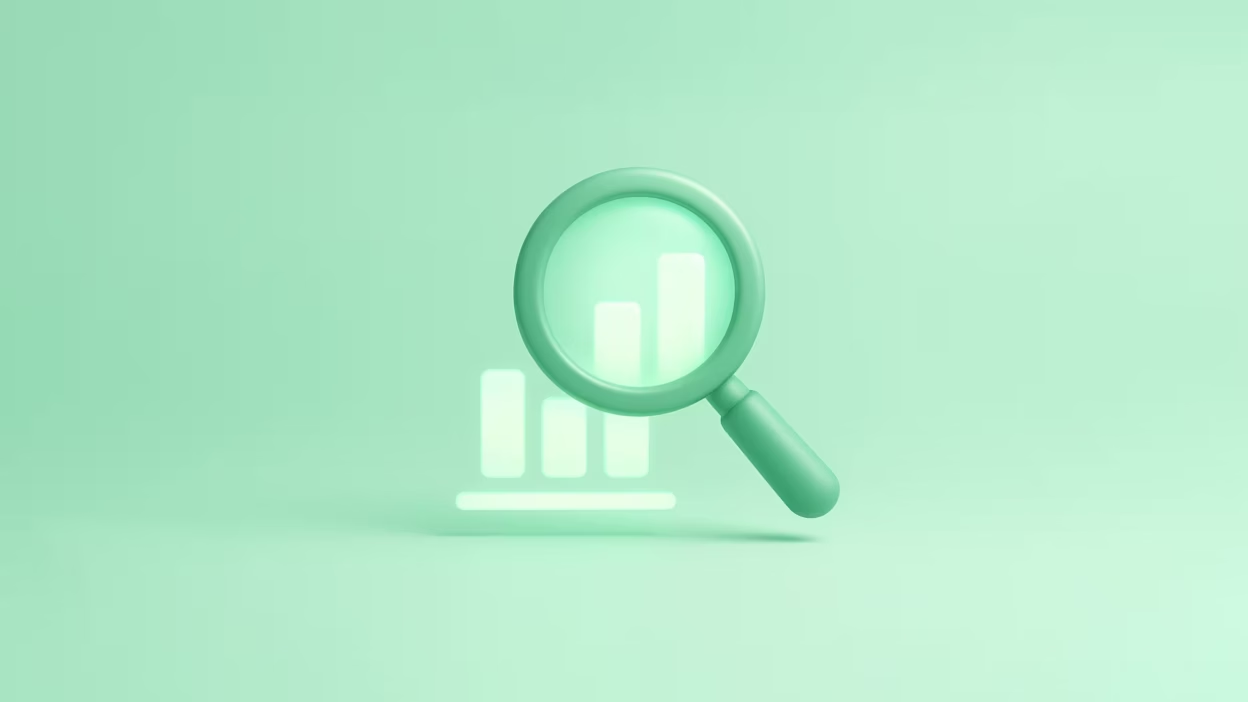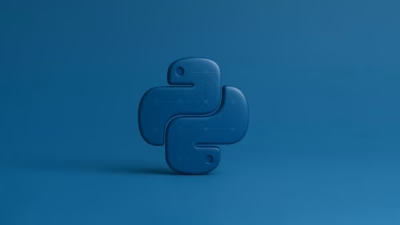Ever stared at an Excel sheet and thought, “There’s something in here… I just don’t know what”? You’re not alone. Most people hear “data analytics” and picture intimidating dashboards, scary math, or tech bros tossing around terms like “regression models” while sipping overpriced oat milk lattes.
But here’s the deal: data analytics isn’t some secret society. It’s a way of thinking. A superpower, really—but one that doesn’t require a PhD or an Excel wizard hat to get started. By embracing this mindset, anyone can unlock insights from data, making informed decisions that can propel their career forward. For those interested in pursuing a data science career overview, understanding the basic principles and tools is essential. Ultimately, the ability to analyze and interpret data can open doors to countless opportunities across various industries.
This guide? It’s for you—the total beginner, the spreadsheet struggler, the person who’s data-curious but hasn’t found a human explanation yet.
Let’s crack this thing open.
So, What Is Data Analytics, Really?
At its core, data analytics is just using data to answer questions.
That’s it.
Whether it’s figuring out which marketing campaign brought in the most customers, why sales dipped in April, or which Netflix shows people binge on Thursdays—data analytics is just structured snooping. It’s turning raw information into stories, decisions, and sometimes, shockingly obvious truths.
You probably do a version of this already. Ever scanned your bank transactions to spot why your balance is mysteriously low? Congratulations, you’re already dabbling in data analytics.
Why Should You Care? (Hint: It’s Not Just About Tech Jobs)
Sure, data analysts get hired by big companies and work with sleek tools. But the power of data thinking goes way beyond job titles.
If you’re in marketing, it helps you prove what’s working (and what’s just burning cash). In HR? You can spot which teams are most likely to quit next quarter. Even in day-to-day life—tracking sleep patterns, fitness goals, or budgeting—data helps you make smarter calls.
Honestly? In 2025, not having basic data literacy is like trying to cook without knowing how to taste. You might get through it, but you’re going to miss the magic.
The Four Flavors of Data Analytics (With Zero Buzzwords)
Let’s break this into digestible chunks. Think of analytics like asking different kinds of questions:
- Descriptive Analytics – “What happened?”
You’re looking backward. How many users signed up last month? How many support tickets did we get last week? - Diagnostic Analytics – “Why did it happen?”
You’re playing detective. Why did sales drop in Q2? Why did users uninstall the app after the latest update? - Predictive Analytics – “What might happen next?”
Now you’re fortune-telling (but with stats). Will churn go up next month? Will customers click that promo email? - Prescriptive Analytics – “What should we do about it?”
This is the holy grail. You’re not just asking or predicting—you’re getting answers on what to do. Like which customers to target with discounts, or which product to promote next.
You don’t need to master all four to get started. Honestly, most people live in the descriptive/diagnostic zone for a while—and that’s perfectly fine.
Where Does the Data Even Come From?
Ah yes, the age-old question: “Where do they get all this data?”
Short answer: everywhere.
Long answer: websites, mobile apps, customer service systems, CRMs, spreadsheets, surveys, social media platforms… if it creates a digital footprint, you can bet someone’s analyzing it.
Even your phone is a tiny data factory. Steps, sleep, location, screen time—it’s all fair game.
In the business world, data typically lives in places like:
- Excel/CSV files – The OG of data storage.
- Databases – Think SQL, where data is structured, searchable, and query-ready.
- Cloud tools – Google Analytics, Salesforce, Shopify, etc.
The magic happens when you pull that data together in one place and start poking at it with purpose.
Tools of the Trade (Don’t Worry—You Can Learn These)
Now, you don’t need to become a coding guru overnight. But knowing a few tools? That helps. Here are the friendliest ones to dip your toes into:
- Excel/Google Sheets – Still the MVP for many. Learn formulas, pivot tables, and basic charts, and you’re already dangerous.
- SQL – The language of databases. It’s like asking nicely for the exact rows you want.
- Tableau or Power BI – These let you build dashboards that even your boss will understand.
- Python (Pandas) – Once you’re comfy, this is a game-changer for handling bigger datasets.
Real talk? Most junior analysts spend 80% of their time cleaning data—removing duplicates, fixing typos, dealing with “null” values (aka the no-shows of the data world). It’s messy but satisfying.
What About AI and Machine Learning? Should I Panic?
Not at all. Machine learning is just fancy data analytics on autopilot. Instead of writing rules yourself, you train models to learn the patterns. Think of it as giving your Excel sheet a brain.
But here’s the thing most online courses won’t tell you: you don’t need ML to start making serious business impact.
You’d be shocked how far basic bar charts and some clever filtering can take you. Machine learning is the cherry on top, not the cake itself.
My First Data Project: A Personal Anecdote
When I was first learning data analytics, I decided to analyze my grocery receipts. (Yes, it was peak nerd behavior, I know.) I typed everything into a Google Sheet—items, price, date, store—and started asking:
- Where was I overspending?
- What category of food cost the most?
- Could I predict which week I’d run out of snacks?
I didn’t build a machine learning model or anything fancy. Just some formulas, conditional formatting, and a few charts. But the insights? Wildly helpful. I cut down 20% of my grocery bill just by spotting patterns I’d never noticed before.
That was my first “aha” moment. Not because it was fancy—but because it worked.
Common Pitfalls (And How to Dodge Them)
Getting started is exciting, but there are traps. Here are a few I learned the hard way:
- Over-cleaning: Trying to perfect your dataset before doing anything useful. Don’t. Start small.
- Analysis paralysis: Too many tools, too many questions, not enough action. Pick one goal. Move fast.
- Confusing correlation with causation: Just because A happened before B doesn’t mean A caused B. (This one bites even pros.)
- Ignoring context: Numbers without context are like punchlines without jokes. Always ask: what’s the story here?
How to Learn (Without Getting Overwhelmed)
You don’t need to drop $10k on a bootcamp. Here’s how I’d start if I was doing it all over again:
- Pick one tool (say, Excel or SQL). Stick with it for a month.
- Choose a real problem you’re curious about. Something messy and personal is perfect.
- Google as you go. YouTube is your best friend. So is Stack Overflow.
- Share your work. Blog it. Tweet it. Hell, send it to me. You’ll learn faster when you teach.
And here’s the real kicker: the more you practice, the more fun it gets. You’ll start seeing the world differently—like a puzzle you can finally solve.
tl;dr — What You Should Walk Away With
- Data analytics = using data to ask and answer smart questions.
- You don’t need to be technical to start—just curious.
- Descriptive and diagnostic analysis can take you surprisingly far.
- Tools like Excel, SQL, and Tableau are learnable, even if you hate math.
- Real projects (even analyzing your own budget) are the best training grounds.
So the next time someone throws “data analytics” into a conversation, you won’t need to nod politely and change the subject. You’ll get it. You’ll be in the club.
And the best part? This isn’t about becoming a “data person.” It’s about becoming a better thinker.





